Table of Contents
- 1 A Journey Through North German Recipes
- 2 Introduction to North German Cuisine
- 3 Traditional North German Dishes
- 4 Baking and Desserts in North Germany
- 5 Cooking Methods and Techniques
- 6 Vegetarian and Vegan North German Recipes
- 7 Meal Planning and Serving North German Recipes
- 8 Frequently Asked Questions About North German Recipes
A Journey Through North German Recipes
North German cuisine offers a delightful mix of hearty, comforting dishes that reflect the region’s maritime influence and its rich agricultural roots. The food here is about simplicity, fresh ingredients, and bold flavors, with an emphasis on what the land and sea have to offer. From classic stews and fish dishes to indulgent pastries and cakes, the north of Germany has its own unique way of preparing meals that tells a story of history, culture, and tradition. If you’re keen to explore North German recipes, you’ve come to the right place.
In this article, we’ll dive deep into the heart of North German cooking, uncovering popular dishes, local ingredients, and the cooking techniques that make these recipes stand out. We’ll also highlight vegetarian options, baking traditions, and tips on how to incorporate these dishes into your everyday meals.
Introduction to North German Cuisine
What is North German Cuisine?
When we talk about North German recipes, we’re referring to a style of cooking deeply influenced by the geography and history of the region. The North of Germany is shaped by its proximity to the North Sea and the Baltic Sea, which is why fish and seafood feature heavily in local dishes. The cuisine also reflects the agricultural lifestyle, with an abundance of potatoes, dairy, and grains.
While North German recipes may not be as internationally known as Bavarian fare, they are beloved by locals for their hearty, satisfying nature. The food here tends to be straightforward, yet flavorful, designed to nourish and fill. Whether it’s a cozy fish stew or a simple potato salad, North German cuisine is about making the most of what’s available, and doing it well.
Key Ingredients in North German Recipes
North Germany’s culinary landscape is shaped by its climate and the foods that thrive in this northern region. Some of the most common ingredients you’ll encounter in North German recipes include:
- Grains: Rye and barley are staple grains, often used in bread, cakes, and hearty dishes.
- Potatoes: A key ingredient in many meals, from boiled potatoes to potato salads and stews.
- Dairy: North German food makes great use of butter, cream, and cheese.
- Fish: Freshwater fish, such as herring and perch, as well as ocean fish like cod, play an important role in the diet.
North German Recipes: A Unique Blend of Simplicity and Flavor
What sets North German recipes apart is their dedication to simple, honest ingredients, prepared with care and attention to flavor. You won’t find many overly complicated dishes here. Instead, you’ll experience meals that focus on quality ingredients cooked with a sense of tradition. Whether it’s a warm fish sandwich enjoyed by the harbor or a robust kale and sausage stew enjoyed on a cold winter’s day, these recipes are designed to comfort and satisfy.
North German cuisine celebrates the land and sea in its purest form, keeping the cooking straightforward but always full of character. And this is exactly what you’ll experience when trying out these recipes at home—an authentic taste of northern Germany.
For more details on North German recipes, feel free to check out this guide on traditional potato dishes from the region.
Traditional North German Dishes
Popular North German Main Dishes
North German cuisine is home to many iconic and hearty dishes, deeply rooted in the region’s history and geography. Let’s take a closer look at some of the most beloved main dishes.
Labskaus (A Classic Sailor’s Dish)
One of the most well-known North German recipes is Labskaus. Originally a dish for sailors, it has become a beloved comfort food in the region. Labskaus is a thick, savory mash made of boiled potatoes, corned beef, onions, and pickled beets, all combined into a hearty stew. It’s often topped with a fried egg, making it a complete meal. Though it may sound unusual, the flavors come together beautifully, creating a dish that’s both satisfying and rich in history.
While Labskaus is most commonly associated with Hamburg, it can vary in different areas of North Germany. Some variations even include fish, adding a nice touch of local seafood flavor.
Grünkohl (Kale and Sausage)
Another staple of North German cuisine is Grünkohl, a dish made primarily from kale. During the cold winter months, North Germans embrace the nourishing power of kale, typically paired with sausages and sometimes potatoes. The dish can be prepared as a simple stew or slow-cooked to enhance the rich flavors. While sausage is commonly added, you can easily find vegetarian versions of Grünkohl without any meat.
This dish is not only nutritious but also carries a lot of cultural significance. It is particularly enjoyed in northern Germany during the Grünkohlfahrt season, where friends and families gather to celebrate with hearty meals and outdoor activities.
Fischbrötchen (Fish Sandwich)
If there’s one dish that truly captures the essence of North Germany’s coastal charm, it’s the Fischbrötchen. This simple yet tasty sandwich consists of fresh fish (often herring or mackerel) served in a soft roll, topped with onions, pickles, and sometimes a tangy sauce. It’s a favorite among locals, particularly along the coast where you can find fresh fish straight from the sea.
The beauty of a Fischbrötchen lies in its simplicity—what makes it so delicious is the quality of the fish and the lightness of the bread. It’s the perfect meal for a quick bite by the water.
Regional Specialties and Local Ingredients
North Germany is diverse when it comes to regional specialties, and each area has its own take on the typical dishes.
North German Potato Dishes
Potatoes are a cornerstone of North German recipes, appearing in countless forms. One of the most famous is Kartoffelsalat (potato salad), which can be prepared in various ways depending on the region. In the north, it’s often made with a simple vinegar-based dressing, creating a tangy and refreshing side dish that complements any meal.
Another classic potato dish is Pellkartoffeln, which refers to boiled potatoes served with butter and a side of fresh herbs. This simple yet comforting meal showcases the true beauty of potatoes in their purest form.
Fish in North German Cuisine
North Germans have a deep connection to the sea, and fish plays an integral part in their culinary traditions. Fish stews and smoked fish are common in many households, especially in coastal areas. A fish stew might include ingredients like cod, herring, or mackerel, often paired with vegetables like leeks and carrots. Meanwhile, smoked fish is another way to preserve the catch of the day, infusing the fish with rich, savory flavors.
Baking and Desserts in North Germany
Sweet Treats from North Germany
While savory dishes are a big part of North German recipes, the region also has a rich tradition of baking. From cakes to pastries, these sweet treats offer a glimpse into the culture’s love for indulgence.
North German Cakes
No exploration of North German recipes would be complete without mentioning Butterkuchen. This traditional butter cake is rich, moist, and topped with a generous sprinkling of sugar and sliced almonds. It’s a popular choice for coffee breaks and gatherings, often served warm and fresh out of the oven.
Another beloved cake is Rote Grütze, a fruity dessert made from red berries like strawberries, raspberries, and currants. The fruit is cooked down into a thick jelly-like consistency, often served with cream or vanilla sauce. It’s a light yet satisfying treat, perfect for the summer months when berries are in season.
Traditional German Pastries
When it comes to pastries, one of the most iconic is Franzbrötchen, a cinnamon pastry that originated in Hamburg. It’s often described as a cross between a croissant and a cinnamon roll, with a deliciously flaky, buttery texture and a sweet cinnamon filling. These pastries are perfect for breakfast or as a snack alongside a cup of coffee.
Another classic is Plunderteilchen, a type of layered pastry filled with fruit or sweet cream. The delicate, flaky layers are perfect for those with a sweet tooth, and these pastries can often be found in bakeries throughout North Germany.
The Art of Baking in North Germany
Baking has a long history in North Germany, influenced by both local ingredients and regional traditions. The Hanseatic League, a medieval trading network, played a significant role in shaping the baking culture by introducing various baking techniques and ingredients. This influence can still be felt today, with many pastries and cakes retaining traditional methods that have been passed down through generations.
Ingredients for Perfect German Pastries
The key to achieving perfect pastries is high-quality ingredients. In North Germany, bakers use local butter, fresh cream, and fine flour to ensure their cakes and pastries have the right texture and flavor. This attention to detail in ingredient selection helps maintain the authenticity and deliciousness of these sweet treats.
Cooking Methods and Techniques
Traditional Cooking Methods in North Germany
North German cuisine is known for its simplicity and practicality, with many dishes relying on traditional cooking methods that preserve the natural flavors of ingredients. Here are some of the most common techniques used in North German cooking.
Steaming, Boiling, and Roasting
Steaming and boiling are common methods for preparing North German recipes. For example, fish is often steamed to retain moisture, while vegetables like carrots and potatoes are boiled until tender. Roasting is also a popular method, especially when it comes to preparing meats or potatoes, bringing out their natural sweetness and enhancing the flavors.
These cooking methods are practical and help ensure that the ingredients retain their nutritional value while achieving the desired texture and flavor.
Preserving and Canning Techniques
Preserving food is essential in North German cuisine, especially during the long winter months. Canning vegetables, fruits, and even fish is a way to keep food fresh and accessible throughout the year. In many North German households, homemade preserves like pickled herring or sauerkraut are common, adding a delightful tangy flavor to meals.
Grilling and Smoking
Another technique rooted in North German cooking is grilling and smoking, especially for fish. Smoked fish, such as mackerel or herring, is often served on bread or incorporated into dishes like stews or salads. Grilling also plays a significant role, particularly during the warmer months, when North Germans enjoy grilling fish and meats outdoors.
How North Germans Incorporate Fresh, Local Ingredients
Fresh, local ingredients are at the heart of North German recipes. People in this region take pride in using seasonal produce and locally sourced items to create their dishes. Local farmers’ markets and coastal fishmongers are common places to find the best ingredients.
Foraging for Wild Herbs and Mushrooms
Another key aspect of North German cooking is foraging. In forests and fields, wild herbs and mushrooms are collected to add a unique, earthy flavor to dishes. This tradition of gathering wild ingredients adds a touch of nature to the culinary experience.
Local Markets and Seasonal Cooking
North Germans embrace seasonal cooking, with menus changing according to what’s available locally. The region is rich in seasonal produce, from fresh berries in the summer to hearty root vegetables in the winter. By shopping at local markets, North Germans are able to cook with the freshest ingredients, ensuring their meals are as flavorful as possible.
Vegetarian and Vegan North German Recipes
Vegetarian and Vegan Dishes in North German Cuisine
Though North German recipes are often associated with hearty meat dishes, there’s also a growing trend of vegetarian and vegan versions of traditional meals. With an abundance of fresh vegetables, grains, and plant-based ingredients, North Germany has much to offer for those seeking plant-based options.
Vegetable Stews and Soups
North Germany is known for its nourishing stews, and many of these can be adapted for vegetarians. One popular dish is the vegetable-based Kartoffelsuppe, or potato soup. This thick, creamy soup is made with potatoes, leeks, carrots, and onions, all cooked together for a comforting and hearty meal. It’s the perfect winter dish, providing warmth and sustenance without relying on meat.
Another traditional vegetable-based dish is Eintopf, a type of stew that can easily be made vegetarian. Often, it’s prepared with root vegetables like carrots, parsnips, and potatoes, alongside legumes such as lentils or beans, making for a filling and nutritious meal.
Traditional Vegan North German Recipes
If you’re looking for vegan alternatives to traditional North German recipes, there are plenty of delicious options. For example, Grünkohl ohne Wurst (kale without sausage) is a wonderful vegan dish that features kale cooked with potatoes, onions, and a savory vegetable broth. It’s a flavorful alternative to the classic Grünkohl, which usually includes sausages.
Additionally, Labskaus can be made vegan by swapping the corned beef for plant-based alternatives like tempeh or lentils, creating a hearty dish without the use of animal products.
The Growing Popularity of Plant-Based North German Food
In recent years, there has been an increasing demand for plant-based versions of traditional North German recipes. This shift can be attributed to a growing interest in health-conscious and sustainable eating. Many North Germans are now choosing to enjoy plant-based dishes while still preserving the cultural essence of their cuisine. Vegan and vegetarian food is no longer just for the health-conscious; it’s also embraced by those who want to explore new tastes and experiment with traditional flavors in a modern, sustainable way.
Vegan Baking in North Germany
Vegan versions of traditional cakes and pastries are also gaining popularity. Franzbrötchen can be made with dairy-free butter and a vegan dough, making it a delicious treat for those following a plant-based lifestyle. The same goes for many other North German pastries, which can be adapted to be both cruelty-free and delicious.
The Influence of Modern Diet Trends
As more people adopt plant-based diets, North German cooking is evolving to accommodate this demand. It’s a natural shift that reflects a broader trend in global cuisine, where traditional dishes are being reimagined to meet modern dietary preferences.
Meal Planning and Serving North German Recipes
How to Incorporate North German Recipes into Your Meal Plan
If you’re looking to add some North German recipes to your regular meal plan, you’ll find that these dishes are both simple and satisfying, perfect for weekday meals as well as special occasions.
Simple Everyday Dishes
Many North German recipes are easy to prepare, even on busy days. For example, dishes like Kartoffelsuppe (potato soup) or Fischbrötchen (fish sandwiches) are quick to put together and make for a filling meal that’s both nutritious and delicious. By keeping a few key ingredients on hand, such as potatoes, onions, and locally sourced fish, you can quickly whip up a comforting meal in no time.
Special Occasion Recipes
For special occasions or festive meals, you can lean on more elaborate dishes like Grünkohl (kale and sausage) or Labskaus. These hearty meals can be served as part of a celebratory feast, with enough flavor and variety to impress your guests. The beauty of North German cuisine lies in its simplicity, which makes it easy to serve both casual weekday dinners and elaborate festive spreads.
How to Serve North German Dishes for Maximum Flavor
While the food itself is important, the way you serve North German recipes can elevate the overall dining experience. Here are some tips for serving these dishes:
Serving Techniques and Garnishes
For stews and soups like Kartoffelsuppe, consider serving with a sprinkle of fresh herbs or a dollop of vegan cream or sour cream for added richness. For fish dishes like Fischbrötchen, keep the sandwich light with just a few carefully chosen toppings, such as pickled onions or tangy mustard sauce.
Pairing Dishes with Side Dishes
North German meals often include a selection of side dishes, such as a fresh salad or Pellkartoffeln (boiled potatoes) with herb butter. A light side salad made with seasonal greens can complement heavier stews or sausages, while a small dish of pickled vegetables can add a burst of acidity to balance out the rich flavors.
Frequently Asked Questions About North German Recipes
To help you better understand North German recipes, we’ve compiled some frequently asked questions.
What is the most popular dish in North Germany?
One of the most popular and iconic dishes in North Germany is Labskaus, a hearty mash of potatoes, corned beef, and pickled beets. It’s especially beloved in port cities like Hamburg.
Are North German recipes healthy?
Yes! Many North German recipes are built around fresh vegetables, potatoes, and fish, making them nutritious and filling. Dishes like Grünkohl (kale) and Kartoffelsuppe (potato soup) are especially healthy options.
Can I find North German ingredients outside of Germany?
It’s possible to find many ingredients from North German recipes at specialty grocery stores or online retailers. Items like smoked fish, rye flour, and fresh potatoes are often available at international markets.
How do I make vegan North German recipes?
Many traditional North German dishes can be easily adapted to vegan versions. For example, Grünkohl ohne Wurst skips the sausage, and Labskaus can be made with lentils or tempeh instead of corned beef.
Where can I find authentic North German recipes online?
You can find a wealth of North German recipes online. For example, check out authentic recipes from North Germany for more detailed cooking guides.
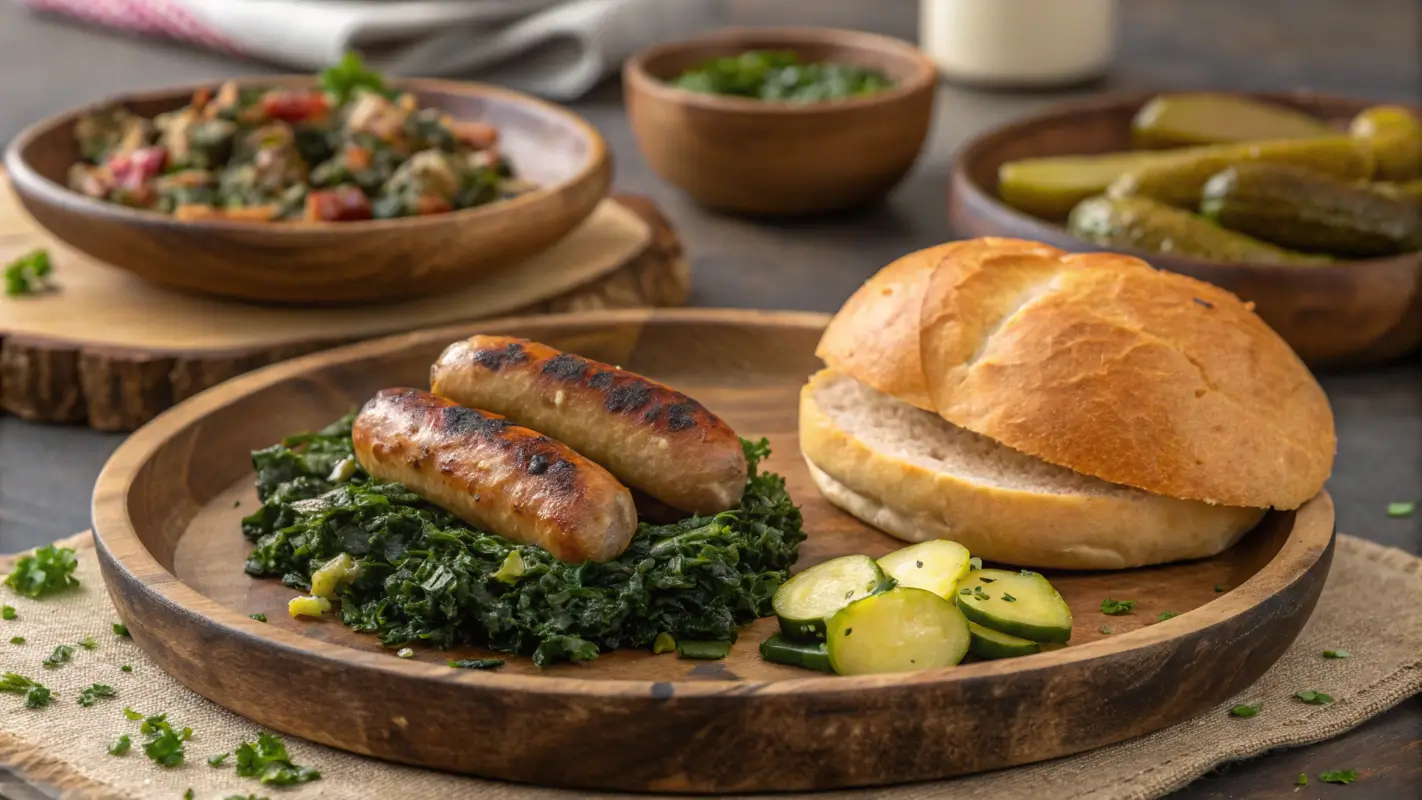
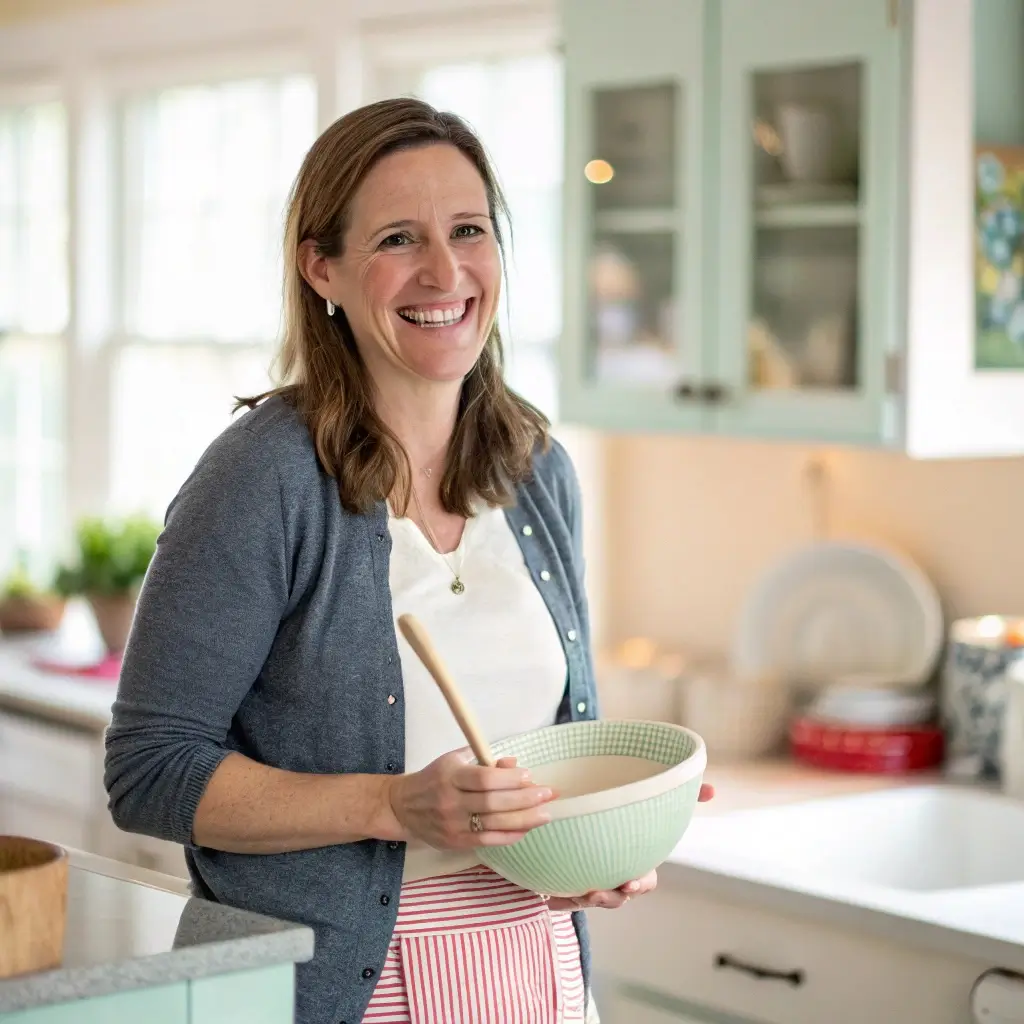
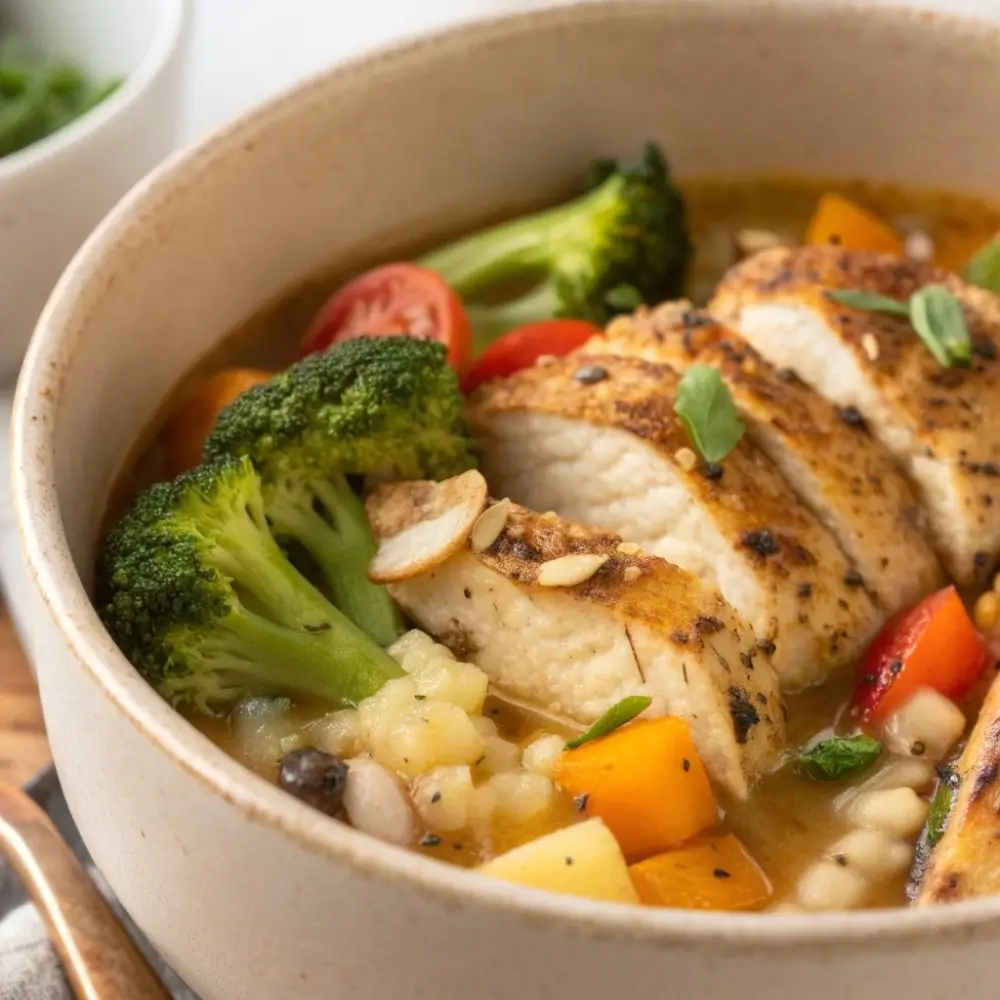
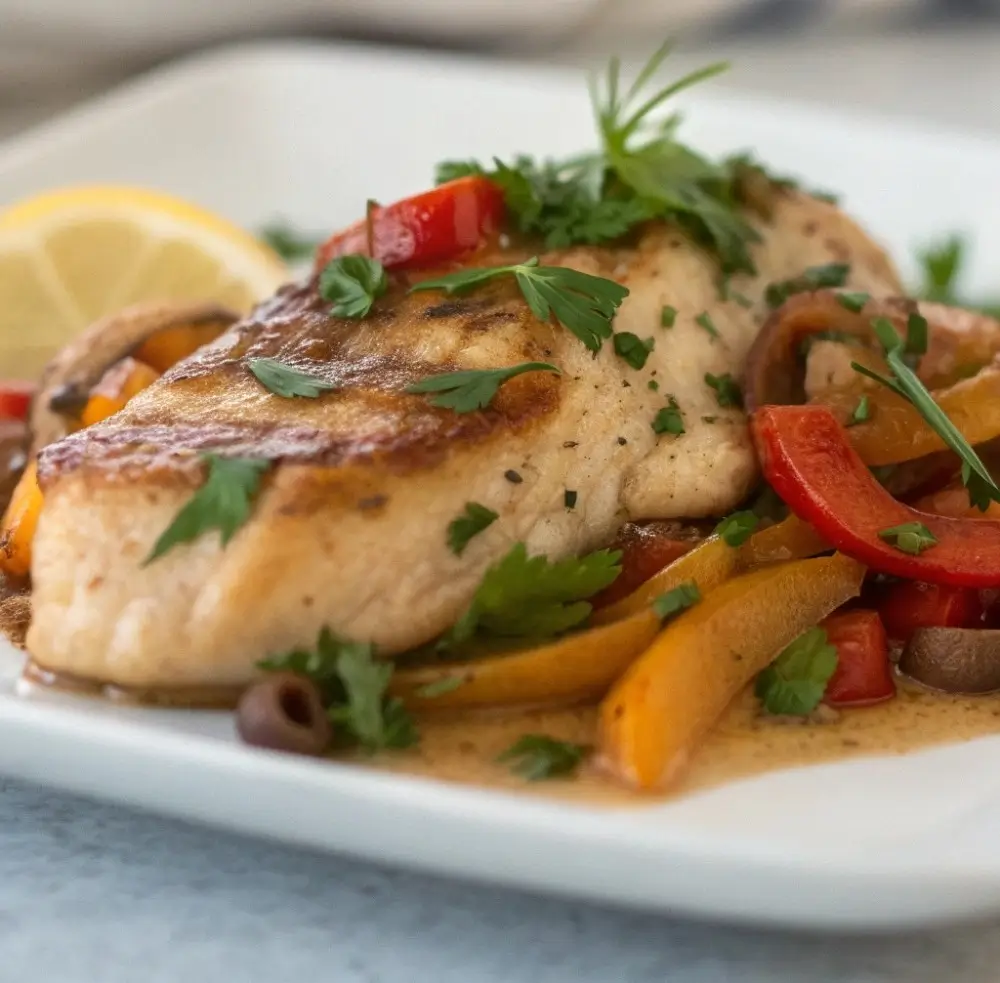
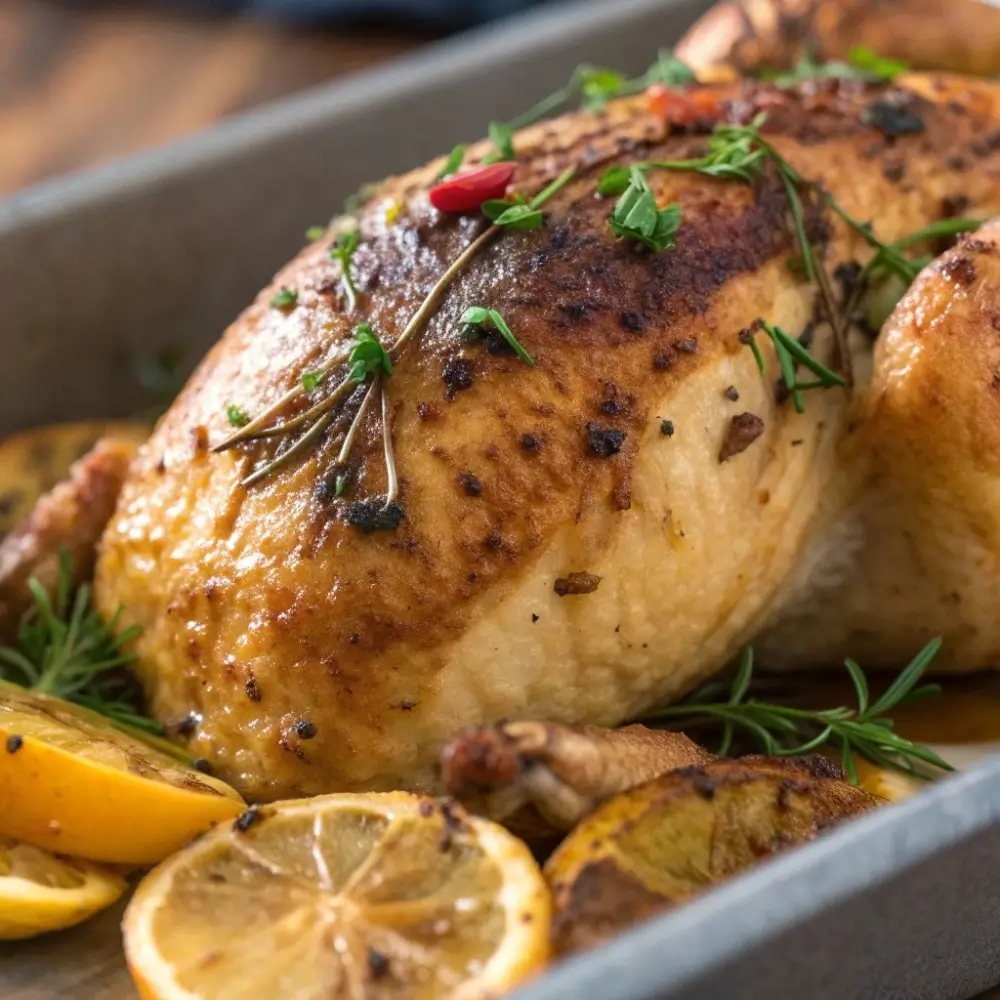
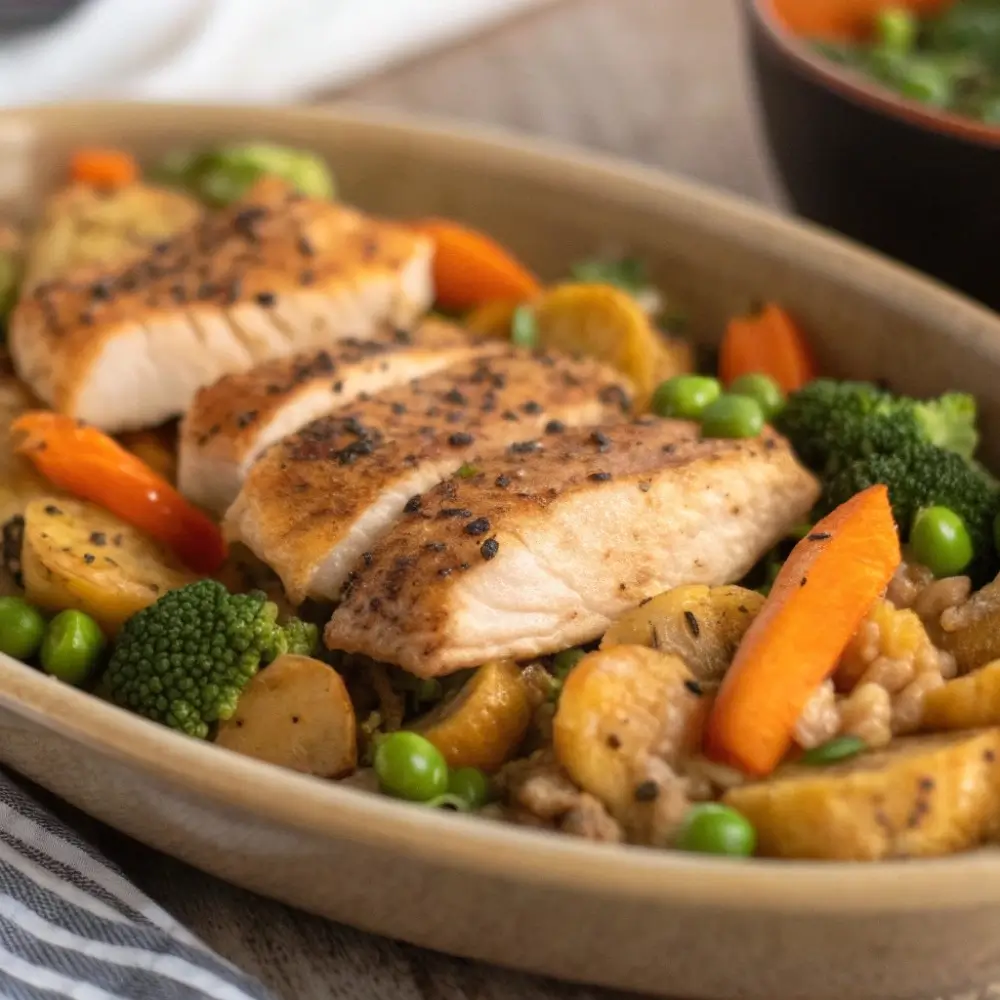
I have been browsing online more than 3 hours today, yet I never
found any interesting article like yours. It is pretty worth enough for me.
In my view, if all site owners and bloggers made good content as you did, the net will be much more useful than ever before.